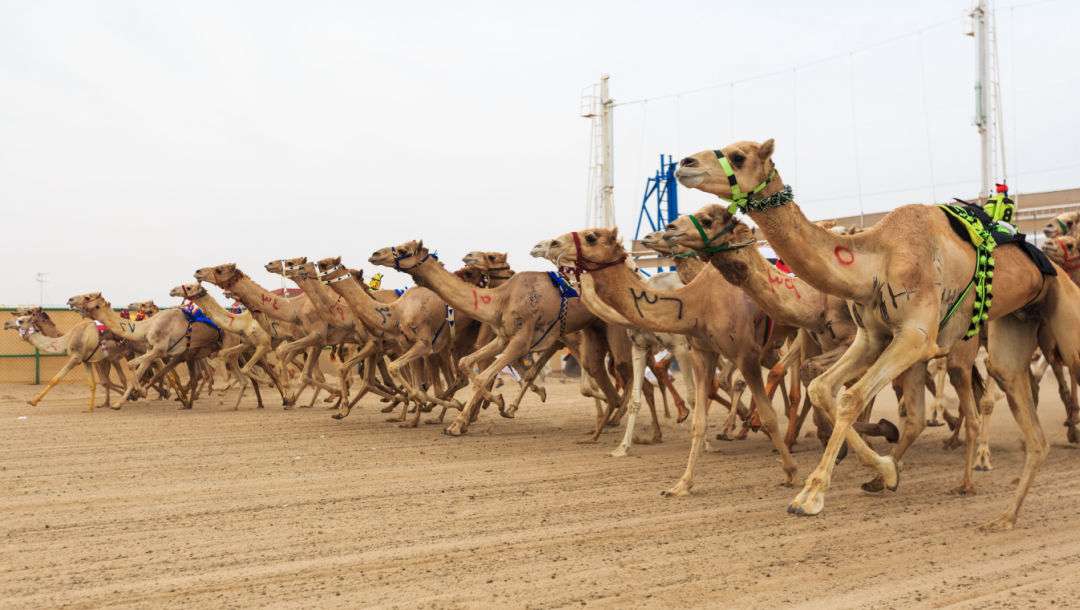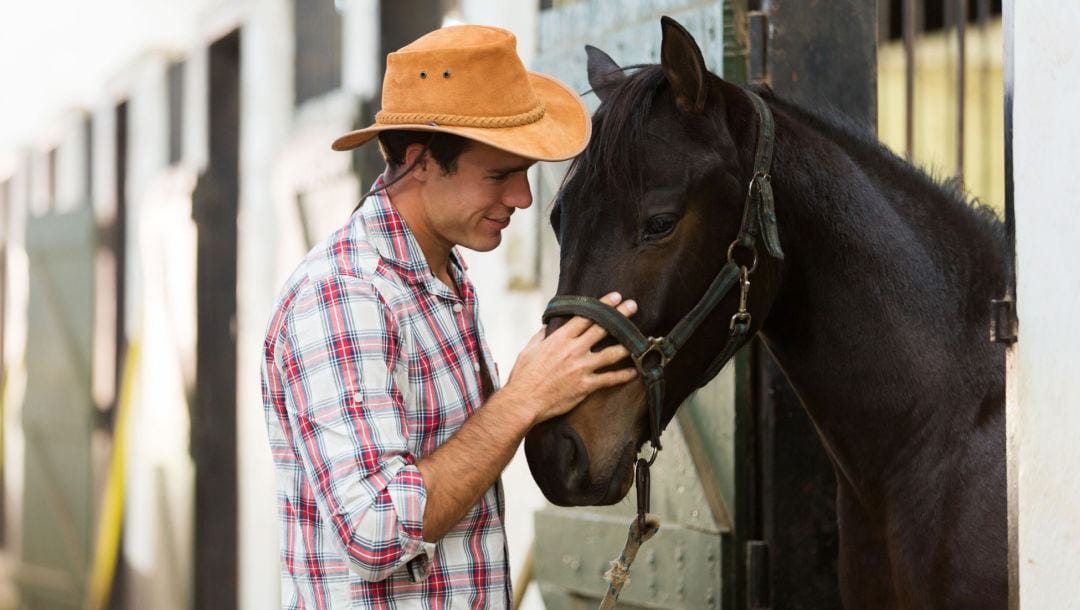Horse racing is a much-beloved sport all around the world, from Australia and Dubai to South Africa, the UK, Japan and the USA. On home soil, the Kentucky Derby, Preakness Stakes and the Belmont Stakes make up the American Triple Crown and are undoubtedly the year’s biggest races. They draw thousands of spectators and provide ample opportunity for in-person and online sports betting.
Despite the popularity of the races and horse race betting, there is an increasing clamor around the horses’ welfare. So, what could the solution be? Is there a way to preserve the much-loved tradition while ensuring the safety of the animals? Could robotic horses be the answer? Let’s learn whether or not they are a viable option for the industry.
Why Should Robot Horses Be Considered?
The main reason people are calling for a change in the industry comes down to the very real risk of injury and even death to the horses participating in these races. It’s a grueling sport in which horses can succumb to various illnesses and injuries, such as heart attacks, exhaustion, leg injuries and more.
Animal welfare groups and concerned citizens are calling for an end to the races purely based on this. In the grand scheme of things, however, the list of horses that fall is relatively small compared to the number of horses participating in yearly races worldwide.
Robot Jockeys Already Exist

The use of robots in the horse racing industry might seem like a rather far-fetched idea, but the fact is that robot jockeys already exist. They’re pretty technically advanced too!
The robotic jockeys have already been deployed in Saudi Arabia, Bahrain and the United Arab Emirates. These jockeys haven’t quite cracked it into these countries’ horse racing circuits yet, but they are used widely across the camel racing industry.
Camel racing has been at the heart of the culture in these countries for centuries. Up until the early 2000s, jockeys were actually primarily small children. Children as young as four were used to ensure the camels carried as little weight as possible. This practice was recently banned, however, owing to human rights concerns.
Jockeys under the age of 15 are not eligible for the camel races, while those in the industry believe that people over this age are simply too heavy for the camels to race successfully. Hence the development of robot jockeys.
The first robot jockey was released in Qatar in 2003, but the price and weight of these jockeys were initially stumbling blocks. These issues have been worked on and improved since. Current robot jockeys, which can be controlled remotely, weigh in at around six pounds.
A real breakthrough in the robotic jockey journey happened in 2018 when now-defunct bookmaker BetBright helped develop a jockey that could ride a horse at speeds of up to 30 miles per hour. The lightweight steel jockey could also handle jumps of up to four feet. The robot was also fitted with AI and rode similarly to a human jockey. This robot provided the springboard for the developments that we are sure to see in the very near future.
A Robot Horse Was Unveiled in 2019
The Japan Cup, which takes place annually in Tokyo, is one of the biggest horse racing events on the racing calendar. While the races themselves were the main reason for the big crowd, something else attracted heaps of attention too.
A robot horse had been used as advertising in the build-up to the races. The horse, which cost more than many of the Group 1 race winners, was placed at the entrance to Shinjuku Station alongside a little robot donkey.
While the horse didn’t take part in the races or move from its space at the station, developers ensured that it had incredibly life-like head movements, a swishing tail, realistic neighing, ear twists and much more. The robotic horse didn’t just garner attention for the race; it also gave us a glimpse into what is possible in the industry’s future.
What Are the Advantages and Disadvantages of Robotic Horses?

Of course, the main concern around horse racing is the horses’ welfare. Moving into robotic racing would certainly eliminate the injuries associated with live horse racing.
However, the biggest problem many people have with the industry moving in this direction is the loss of the soul of the sport. The horse racing industry is changing, but robotic horses would be a step too far for many. There’s something about the smell of the horses, the dust rising from the track, the palpable excitement from the crowd and the genuine emotion attached to each and every horse that simply cannot be replaced by a robot.
Another major concern people have is the impact that replacing live horses with robots would have on the jobs in the horse racing industry, which is valued at over $3 billion in the USA and provides employment to hundreds of thousands of people.
New roles would be created in the industry with robotics, but most people currently working in the sector are unlikely to want to try and learn how to manage the robot counterparts of the live horses they are more passionate about.
So, just how close are we to having robot horses on the tracks? While it’s fair to say that there have been some technological advancements in the past few decades, we don’t think we’ll see them racing any time soon. Instead, focus is likely to be put on using technology to help minimize injury during races and improve the welfare of racehorses around the world.
Bet on Horse Racing With BetMGM
At BetMGM, we offer a whole range of horse racing betting options. Whether you’re looking for local NYRA bets, bets on other races within the USA or you’re after the biggest international events on the horse racing calendar, we’ve got you covered.
Register with BetMGM to get the best horse racing bets.










